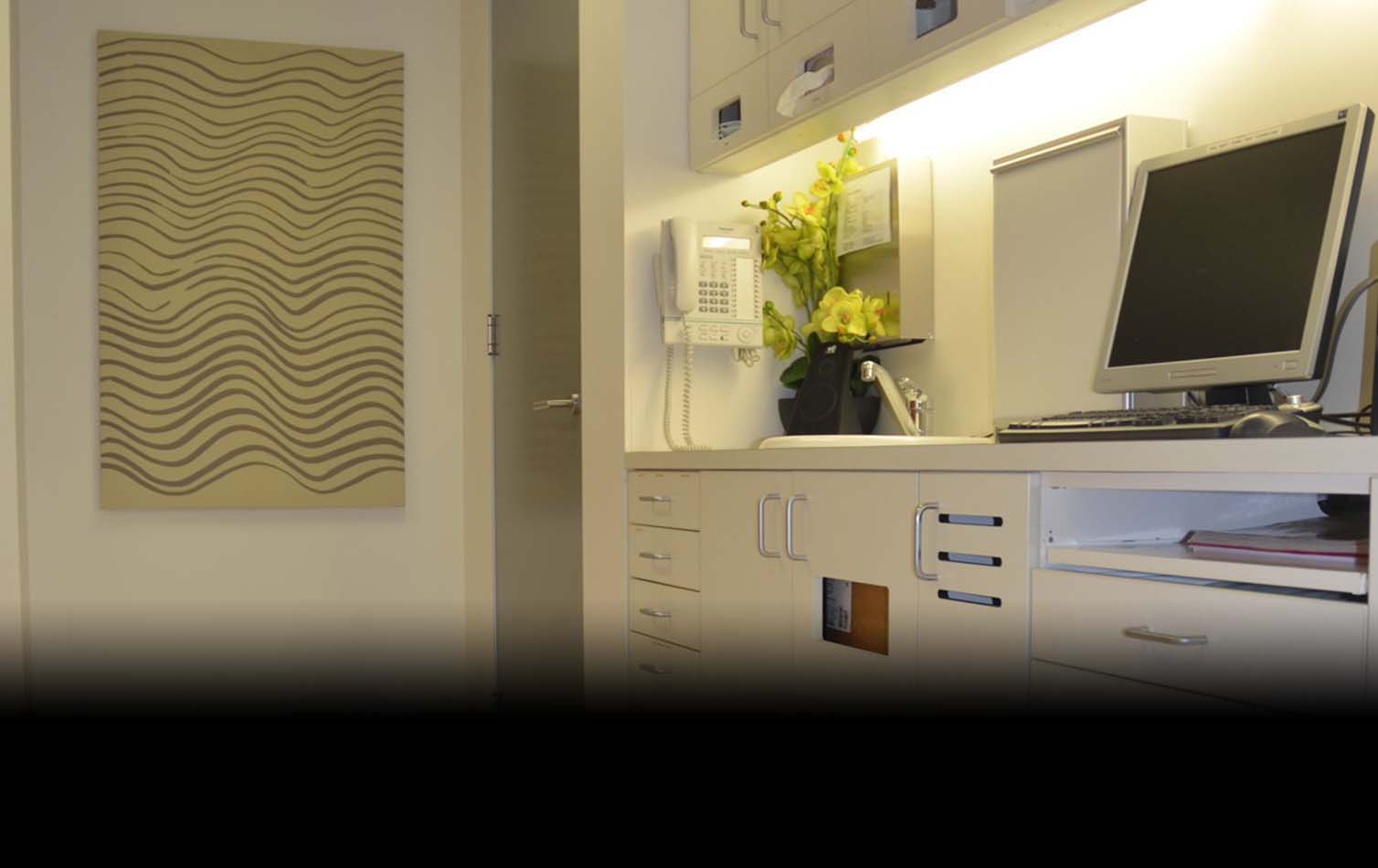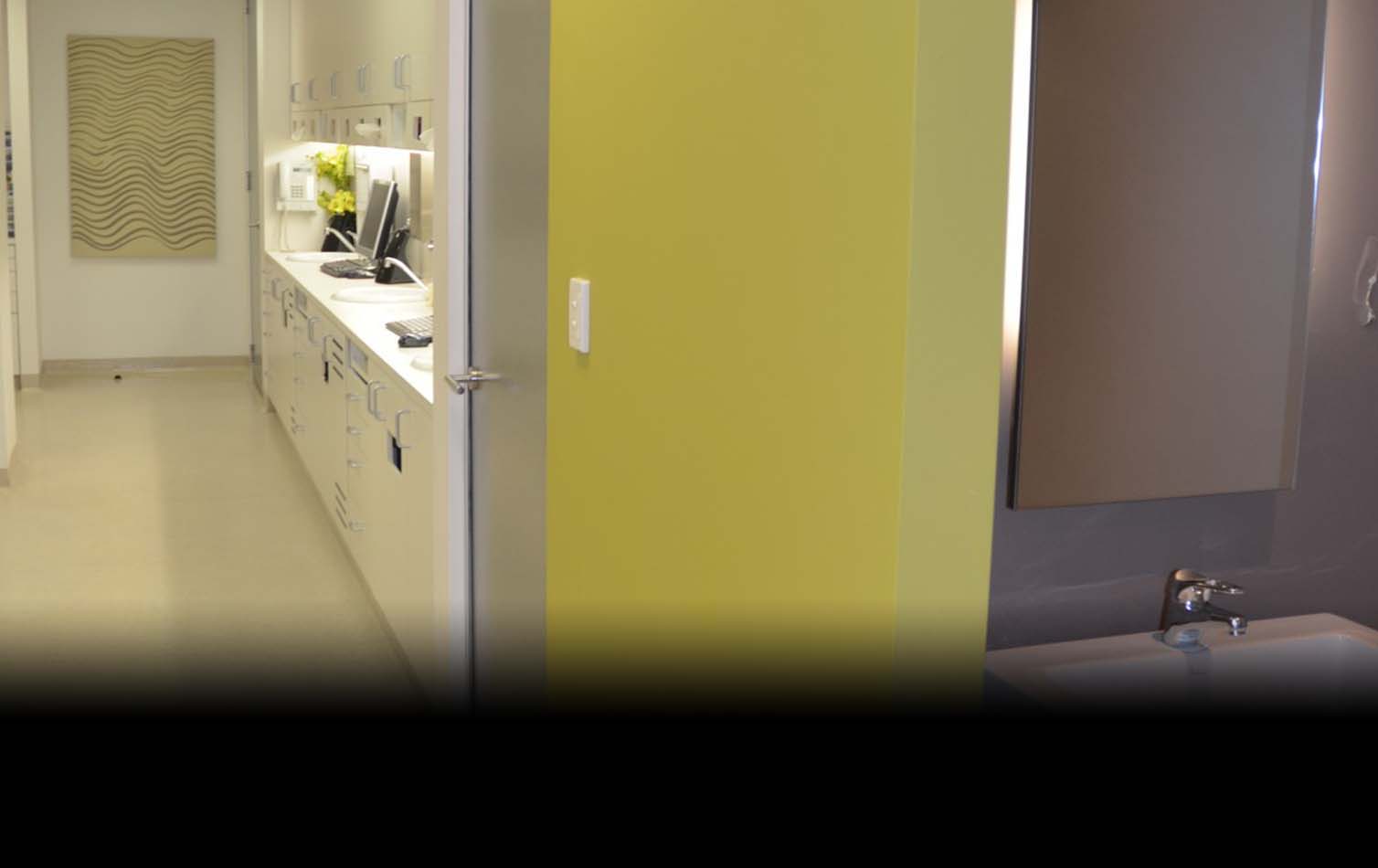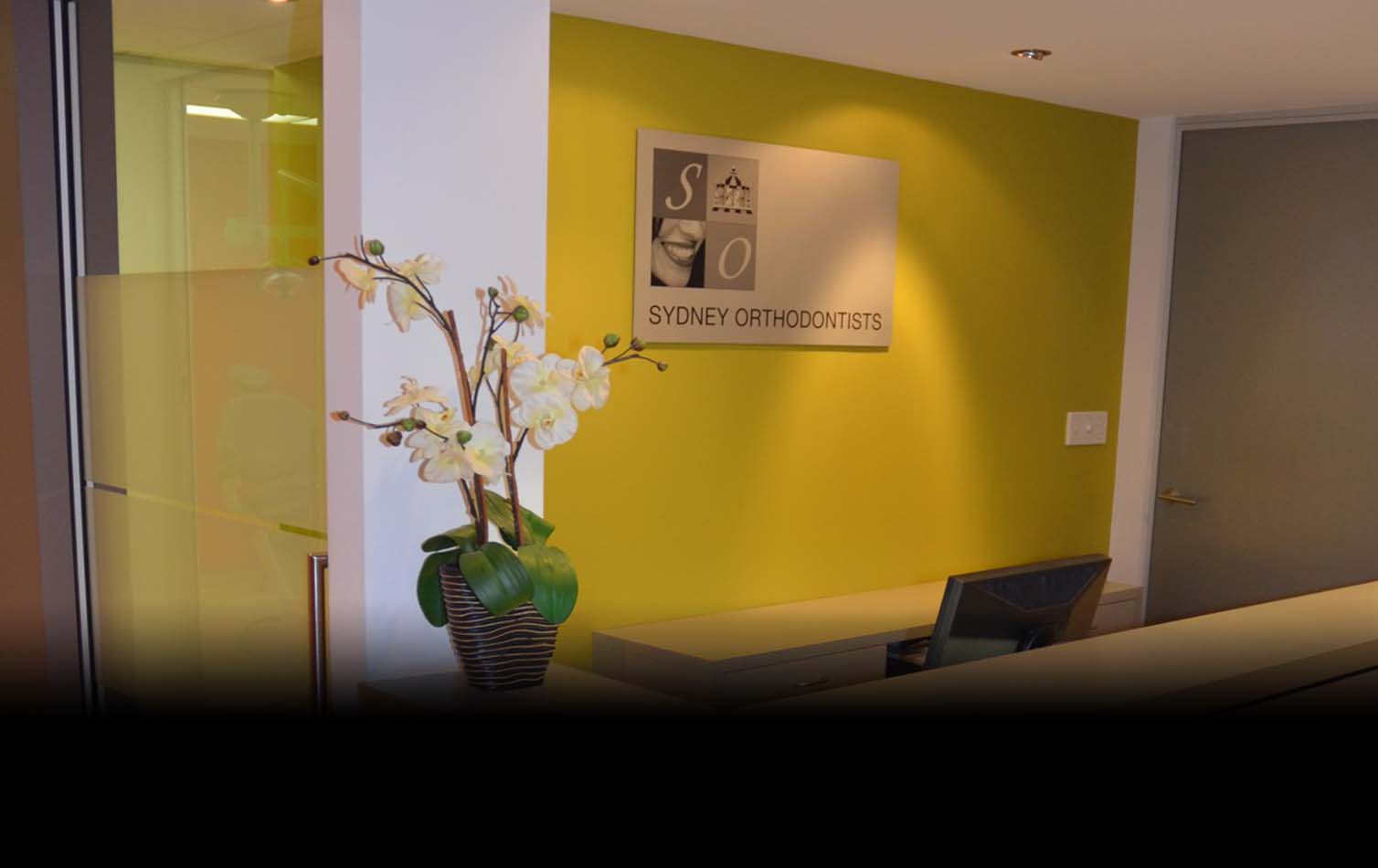 All forms of medical and dental treatment including orthodontics, have
All forms of medical and dental treatment including orthodontics, have
some risks and limitations. Fortunately in orthodontics complications are
infrequent and when they do occur they are usually of only minor consequence. Nevertheless, they should be considered when making the decision to undergo orthodontic treatment. The principal risks in orthodontic
treatment pertain to:
1 Oral Hygiene
Orthodontic appliances do not causetooth decay. Gum disease, tooth decay and permanent markings (decalcification) on the teeth can occur if
orthodontic patients eat food containing excessive sugar or do not brush their teeth frequently orproperly. These same problems can occur without orthodontic treatment but the risk isgreater to an individual wearing braces.
It is imperative during orthodontic treatment that extra care be taken with oral hygiene and tooth brushing in particular.
2 Relapse
Teeth may have a tendency to change their positions after treatment. The long term, faithful wearing of retainers should reduce this tendency. Teeth can however, move any time, whether or not they have had orthodontic treatment. This is especially true during the late teen period when active growth of the facial bones is coming to an end. The most vulnerable teeth are those at the front. Throughout life the bite can change adversely from various causes such as eruption of wisdom teeth, growth or maturational changes, mouth breathing, playing of musical instruments and other oral habits. Very occasionallytooth movements will be severe enough to merit a further course of treatment to ensure a satisfactory result.
3 Periodontal Health
The health of the bone and gums which support the teeth may be affected by orthodontic tooth movement if a condition already exists, and in some rare cases where a condition does not appear to exist. In general, orthodontic treatment lessens the possibility of tooth loss or gum infection due to misalignment of the teeth or jaws. Inflammation of the gums and loss of supporting bone can occur if bacterial plaque is not removed daily with good oral hygiene.
4 Root Shortening
In some patients the length of the roots of the teeth may be shortened during orthodontic treatment. Some patients are prone to this happening,
some are not. It is nearly impossible to predict susceptibility. Usually this shortening does not have significant consequences, but on very rare occasions it may become a threat to the longevity of the teeth involved.
5 Jaw Joints
Occasionally patients may suffer pain or dysfunction in the jaw joints (TMJ). This may present as joint pain, headaches or ear problems. These
problems may occur with or without orthodontic treatment. Any of the above noted symptoms should be reported to the orthodontist. Some
patients are susceptible to TMJ problems and some are not. Numerous studies have shown that the movementof the teeth during orthodontic
treatment is unrelated to the onset of TMJ problems. Just as for painful conditions in other joints, discomfort in TMJ can last from a few days to
several weeks or longer.
6 Tooth Vitality
Sometimes a tooth may have been traumatised by a previous accident or a tooth may be decayed or have fillings which can cause damage to the
nerve of the tooth. Orthodontic tooth movement in some cases aggravates this condition and in rare instances may lead to loss of tooth vitality
and discolouration of the tooth requiring root canal treatment and other dental treatment to restore the colour of the tooth.
7 Loose appliances and discomfort
The gums, cheeks or lips may be scratched or irritated by newly placed appliances or by loose or broken appliances or by blows to the mouth.
You will be given instructions on minimising these affects. Very rarely loose orthodontic appliances may be accidentally swallowed or aspirated. You should inform your orthodontist of any unusual symptoms, or broken or loose appliances, as soon as they are noted. Usual post adjustment tenderness should be expected and the period of tenderness or sensitivity varies with each patient and the procedure performed. (Typical post adjustment tenderness may last 24 to 48 hours)
8Atypical Growth
Insufficient excessive or asymmetricalchanges in the growth of the jaws may limit the orthodontist’s ability to achieve the desired result. If growth
becomes disproportionate during orthodontic management the treatment may be prolonged. Growth changes that occur after orthodontic treatment may alter the quality of treatment results and may require further orthodontic treatment. In some cases of atypical growth, the bite may change so much that oral surgery is requiredto achieve the best possible result.
9 Headgear
If improperly handled, headgear may cause injury to the face. Patients are warned not to wear the appliance during times of boisterous or competitive activity.
10 Treatment Time
The total time required to complete treatment may exceed the estimate.
Poor co-operation in wearing the appliance or the elastics the required hours per day, poor oral hygiene, broken appliances and missed appointments can lengthen the treatment time and affect the quality of the results.
11 Co-operation
Co-operation throughout treatment is your best guarantee of achieving a pleasing smile and a good bite. Failure to co-operate could force the orthodontist to change the procedures and goals of your treatment. As a last resort treatment might have to be suspended. The consequences of
early suspension may be worse than no treatment at all.
12 Complementary aesthetic dentistry
If your teeth vary from normal in the number size or shape of the teeth, achievement of the ideal result (for example, complete closure of excessive space) may require restorative treatment. The most common types of complementary treatment are cosmeticbonding, crown and bridge restorative dental care and periodontal therapy.
13 General Health
General medical problems can affectorthodontic treatment. You should keep your orthodontist informed of any changes to your medical health.
Risks of Orthodontic Treatment
 All forms of medical and dental treatment including orthodontics, have
All forms of medical and dental treatment including orthodontics, have
some risks and limitations. Fortunately in orthodontics complications are
infrequent and when they do occur they are usually of only minor consequence. Nevertheless, they should be considered when making the decision to undergo orthodontic treatment. The principal risks in orthodontic
treatment pertain to:
1 Oral Hygiene
Orthodontic appliances do not causetooth decay. Gum disease, tooth decay and permanent markings (decalcification) on the teeth can occur if
orthodontic patients eat food containing excessive sugar or do not brush their teeth frequently orproperly. These same problems can occur without orthodontic treatment but the risk isgreater to an individual wearing braces.
It is imperative during orthodontic treatment that extra care be taken with oral hygiene and tooth brushing in particular.
2 Relapse
Teeth may have a tendency to change their positions after treatment. The long term, faithful wearing of retainers should reduce this tendency. Teeth can however, move any time, whether or not they have had orthodontic treatment. This is especially true during the late teen period when active growth of the facial bones is coming to an end. The most vulnerable teeth are those at the front. Throughout life the bite can change adversely from various causes such as eruption of wisdom teeth, growth or maturational changes, mouth breathing, playing of musical instruments and other oral habits. Very occasionallytooth movements will be severe enough to merit a further course of treatment to ensure a satisfactory result.
3 Periodontal Health
The health of the bone and gums which support the teeth may be affected by orthodontic tooth movement if a condition already exists, and in some rare cases where a condition does not appear to exist. In general, orthodontic treatment lessens the possibility of tooth loss or gum infection due to misalignment of the teeth or jaws. Inflammation of the gums and loss of supporting bone can occur if bacterial plaque is not removed daily with good oral hygiene.
4 Root Shortening
In some patients the length of the roots of the teeth may be shortened during orthodontic treatment. Some patients are prone to this happening,
some are not. It is nearly impossible to predict susceptibility. Usually this shortening does not have significant consequences, but on very rare occasions it may become a threat to the longevity of the teeth involved.
5 Jaw Joints
Occasionally patients may suffer pain or dysfunction in the jaw joints (TMJ). This may present as joint pain, headaches or ear problems. These
problems may occur with or without orthodontic treatment. Any of the above noted symptoms should be reported to the orthodontist. Some
patients are susceptible to TMJ problems and some are not. Numerous studies have shown that the movementof the teeth during orthodontic
treatment is unrelated to the onset of TMJ problems. Just as for painful conditions in other joints, discomfort in TMJ can last from a few days to
several weeks or longer.
6 Tooth Vitality
Sometimes a tooth may have been traumatised by a previous accident or a tooth may be decayed or have fillings which can cause damage to the
nerve of the tooth. Orthodontic tooth movement in some cases aggravates this condition and in rare instances may lead to loss of tooth vitality
and discolouration of the tooth requiring root canal treatment and other dental treatment to restore the colour of the tooth.
7 Loose appliances and discomfort
The gums, cheeks or lips may be scratched or irritated by newly placed appliances or by loose or broken appliances or by blows to the mouth.
You will be given instructions on minimising these affects. Very rarely loose orthodontic appliances may be accidentally swallowed or aspirated. You should inform your orthodontist of any unusual symptoms, or broken or loose appliances, as soon as they are noted. Usual post adjustment tenderness should be expected and the period of tenderness or sensitivity varies with each patient and the procedure performed. (Typical post adjustment tenderness may last 24 to 48 hours)
8Atypical Growth
Insufficient excessive or asymmetricalchanges in the growth of the jaws may limit the orthodontist’s ability to achieve the desired result. If growth
becomes disproportionate during orthodontic management the treatment may be prolonged. Growth changes that occur after orthodontic treatment may alter the quality of treatment results and may require further orthodontic treatment. In some cases of atypical growth, the bite may change so much that oral surgery is requiredto achieve the best possible result.
9 Headgear
If improperly handled, headgear may cause injury to the face. Patients are warned not to wear the appliance during times of boisterous or competitive activity.
10 Treatment Time
The total time required to complete treatment may exceed the estimate.
Poor co-operation in wearing the appliance or the elastics the required hours per day, poor oral hygiene, broken appliances and missed appointments can lengthen the treatment time and affect the quality of the results.
11 Co-operation
Co-operation throughout treatment is your best guarantee of achieving a pleasing smile and a good bite. Failure to co-operate could force the orthodontist to change the procedures and goals of your treatment. As a last resort treatment might have to be suspended. The consequences of
early suspension may be worse than no treatment at all.
12 Complementary aesthetic dentistry
If your teeth vary from normal in the number size or shape of the teeth, achievement of the ideal result (for example, complete closure of excessive space) may require restorative treatment. The most common types of complementary treatment are cosmeticbonding, crown and bridge restorative dental care and periodontal therapy.
13 General Health
General medical problems can affectorthodontic treatment. You should keep your orthodontist informed of any changes to your medical health.













